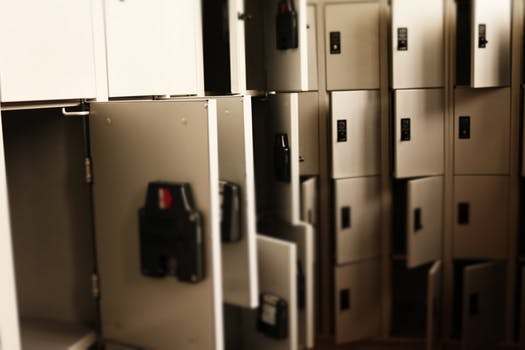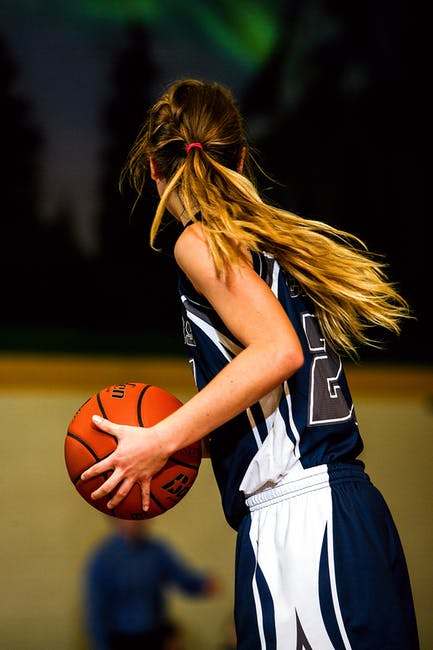
BY: ALYSON ROGERS
Nine years ago, I walked into an emergency room with very obvious signs of a concussion. Despite glaring symptoms, no one would even utter the word ‘concussion’. Doctors told me I had whiplash, which didn’t even come close to describing the traumatic brain injury diagnosis I was given six months later.
This year, I walked into the same emergency room, with very obvious signs of a concussion. Despite nine years of brain injury awareness in the media, in hospitals, in schools and in sports, my experience was no different.
What good is brain injury awareness if we don’t put it into practice?
April 2017 marked nine years since I acquired my brain injury. I experience symptoms every day and it looks like they are here to stay. Like many others, I navigated the health care and education systems before brain injury awareness hit the mainstream. My family and I had to research and advocate for every bit of care I received. Even with a CT scan in hand, it was difficult to get doctors to believe, let alone treat my symptoms. This was before Sidney Crosby, NFL lawsuits and head injury protocols; the dark ages of brain injury.
This year, I learned that we are still living in the dark ages. Last month, I was hit in the head with a locker by accident at work. When my symptoms continued to get worse instead of better, I went to the same emergency room I went to nine years ago. It didn’t even cross my mind that I would be treated exactly the same as I was back then, this was the new era of brain injury awareness, right? Wrong.

There were three of us in the emergency room with concussion symptoms; the doctor barely any of us and sent us on our way. I returned to my family doctor, who has seen me do this concussion dance with the health care system before, and was sent to another emergency room. The second ER doctor told me what I was experiencing was impossible and seemed shocked when I dared to ask for WSIB forms to be filled out. Despite the blurred vision, noise sensitivity, nausea and fatigue he put a question mark beside the concussion diagnosis on my papers.
June is Brain Injury Awareness month in Canada and it’s a month I’m excited for and take pride in every year. Considering how prevalent concussions / brain injuries are, I think awareness is important for everyone, but awareness isn’t enough.
Being aware is the first step but it is by no means the only step in preventing and responding to brain injuries. The next step is to put that awareness into action; this action is going to require effort and change by professionals and individuals.
It’s easy to say we are aware and be done for the day but if we don’t put in this effort for people with brain injuries, awareness falls flat and nothing changes. The very people brain injury awareness is supposed to be helping are failed all over again- stuck in the dark ages of brain injury.
The other piece of brain injury awareness that requires action to be effective is prevention. Awareness that leads to policies such as concussion protocols are great (if they are put into action and enforced) but this doesn’t lead to a decrease in people sustaining brain injuries. Brain injury prevention is going to have to come from individual change; with the increase in brain injury awareness, we know that a hit to the head can have lifelong impacts. With that being said, there is no excuse for deliberately hitting someone in the head.
Many brain injuries, especially sports-related brain injuries, are entirely preventable and occur due to individuals decisions. My brain injury stems from a youth athlete’s decision to use physical force instead of skill to win a basketball game. This is similar to Sidney Crosby, during the NHL playoffs he sustained another concussion at the hands of a player on the opposing team. It is very well known that Crosby has a history of concussions and another hit to the head could, at the very least, end his career. With the increase in brain injury awareness, we should be seeing a decrease in these types of injuries simply by individuals changing their behaviour.

My hope for this Brain Injury Awareness Month is to move beyond awareness and towards action. This includes a decrease in the number of brain injuries and better outcomes for survivors.
Alyson is 25-years-old and acquired her brain injury nine years ago. She graduated from Ryerson University and is a Youth Worker at a homeless shelter. In her spare time, Alyson enjoys writing, rollerblading and reading. Follow her on Twitter @arnr33
Filed under: Awareness, Awareness month, Uncategorized Tagged: Alyson Rogers, Brain Injury Awareness Month, Concussion, Sydney Crosby
![]()




